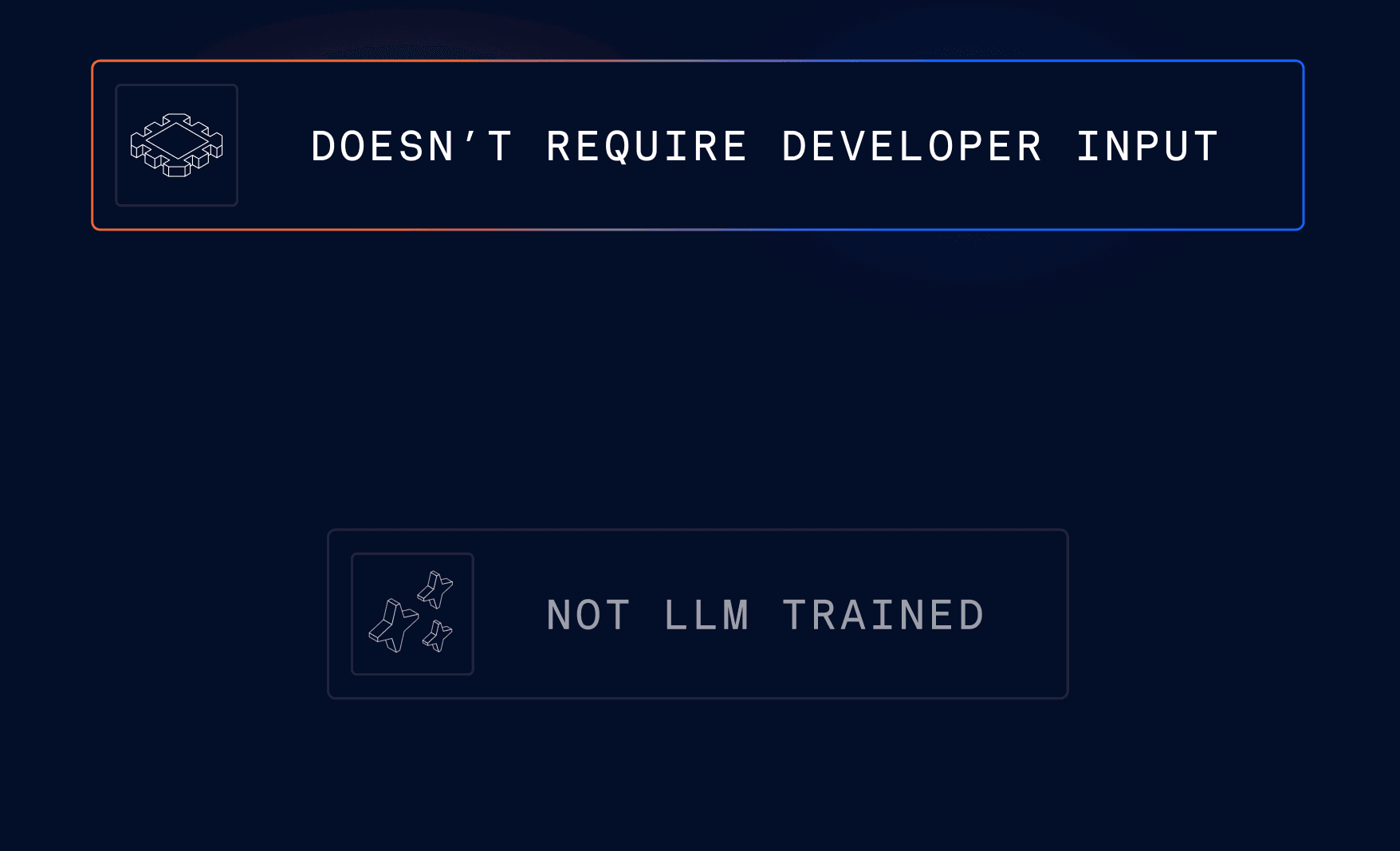Modern tooling has played an integral role in the evolution of software development in the 21st century. Are you still writing code in Vi, for example? Do you plan your tasks in a spreadsheet? Are production deployments still run by that script someone wrote years and years ago?
All these things are possible, of course (and definitely still happen!). But today’s most productive development teams are more likely to use planning tools like Jira (love it or loathe it), IDEs like IntelliJ, Eclipse and Visual Studio Code, automated deployment pipelines like GitLab – and a whole raft of other tools which help them to build software more quickly, safely and efficiently.
Some areas have proved easier to automate than others, though; unit testing is a prime example. Despite its criticality, most Java applications fall short of good unit test coverage (we’re often talking about writing tens of thousands of tests across millions of lines of code, after all). And many automation tools do no more than executing the tests you’ve written.
Luckily, automating unit test writing and maintenance is just one of the many ways AI-powered tools can now help Java developers to build better applications at higher speed.
Coverage
Coverage is often the first consideration when teams look to improve their unit testing. It’s either ‘we don’t have enough’ or ‘we spend way too much time hitting our crazy coverage targets’. Or maybe even both. Usually, because it simply takes too long to write the tests that are needed. Helping teams to write tests faster is perhaps the easiest win for AI.
New AI-powered code completion tools like Copilot and Tabnine go beyond the existing code-complete capabilities offered by IDEs to help developers write more unit tests in a given time. But developer intervention is always required to select, validate and correct the right suggestion in these tools, so speed and coverage improvements are inherently limited. Diffblue Cover, on the other hand, uses AI to autonomously write Java unit tests across an entire application, providing coverage at scale with corresponding developer effort.
Quality and consistency
Quality and consistency also matter when writing unit tests – at least if you’re not just trying to hit a coverage number. Understanding existing code and correctly interpreting its behavior is difficult. It often requires considerable coding expertise and even with that insight, knowing what a good, effective unit test looks like and how to write one can be very difficult. So it’s natural that the quality and style of unit test code may vary wildly within an organization – natural, but not good for avoiding regression or for future test maintenance.
AI can be a big help here, too. The tests written by Diffblue Cover – whether for one method or a whole project – are always guaranteed to compile and pass, without any human input. They also always have a consistent structure, making them far easier to read, understand and maintain than tests written by humans.
Accelerating velocity; increasing productivity
To succeed with agile development teams businesses ideally need a dependable automated testing strategy that allows for rapid testing of small changes. There simply isn’t time in a rapid sprint cycle for many rounds of ‘hot-potato’ between development and QA as regressions are remediated. That typically means more unit testing is needed (even if you don’t go full testing pyramid).
But developers already spend at least two days of every ten-day sprint cycle working on unit tests. That’s a lot of time that could have been spent writing new code (and still often fails to deliver the necessary coverage).
It’s clear that the speed boost provided by AI for unit test writing will make for a more effective agile delivery process and at the same time effectively increase development capacity for more ‘productive’ value-add work – the stuff that actually makes a difference to your customers. And it’s not just agile teams that can benefit. These speed and productivity benefits also apply in longer software release cycles, where traditional testing phases are often a huge bottleneck.
Modern agile and DevOps approaches also commonly feature automated Continuous Delivery (CI) pipelines. Some AI tools like Diffblue Cover can be integrated into your CI pipeline to make unit test writing and maintenance a scalable, reliable, repeatable – and crucially, fully autonomous – part of your agile delivery process. Cover’s Optimize function also cuts test execution time by running only the tests impacted by each code change.
Enhancing developer experience
While developers know the value of unit testing, the monotonous nature of creating them means many wish they didn’t have to write them at all. And the time they take may prevent busy devs from achieving everything they set out to, causing frustration and undermining job satisfaction.
In bigger applications, the very size of the unit testing task to be addressed can be demoralizing in and of itself. The mountain to be climbed may seem so huge that it’s hard to know where to start climbing.
AI for code tooling vastly improves developer experience (DX) by reducing the time devs must spend writing tests and allowing them to devote more time to work that makes them feel valuable in their roles. It’s a win-win for individuals and the business: developers benefit from increased job satisfaction, and hence are less likely to leave – an important factor in a world where having a top dev team is a key competitive differentiator.
Conclusion
AI is already enabling Java teams to deliver better software by making it easier to write and maintain unit tests. It’s a specific task with tangible impacts – including faster delivery of software, greater productivity, happier staff and more satisfied customers. There are now numerous tools that can help but those that can write unit tests fully autonomously, like Diffblue Cover, provide the greatest benefits.
To discover what Diffblue Cover can do for you, sign up for a free trial or get in touch to book a demo.






